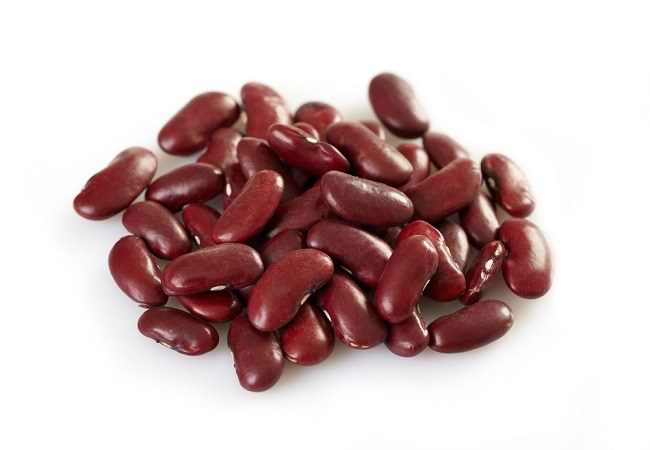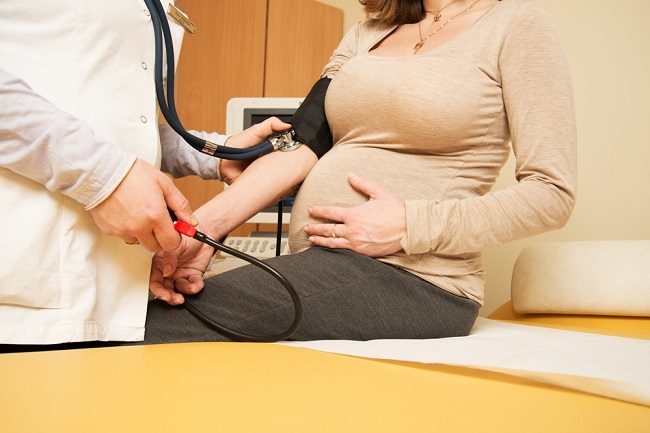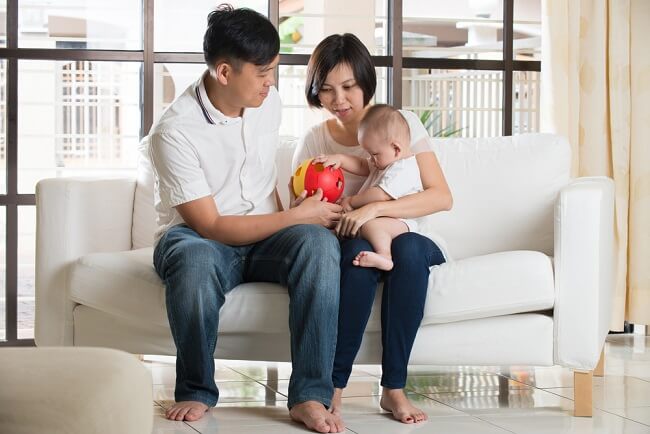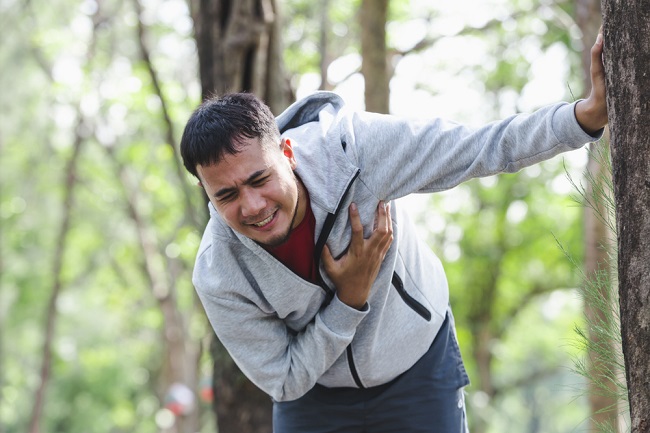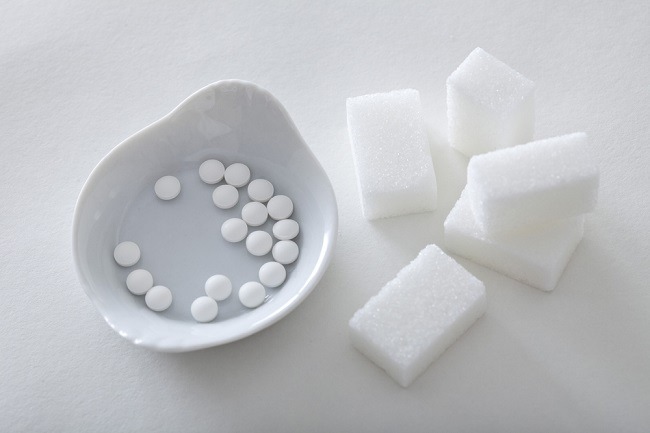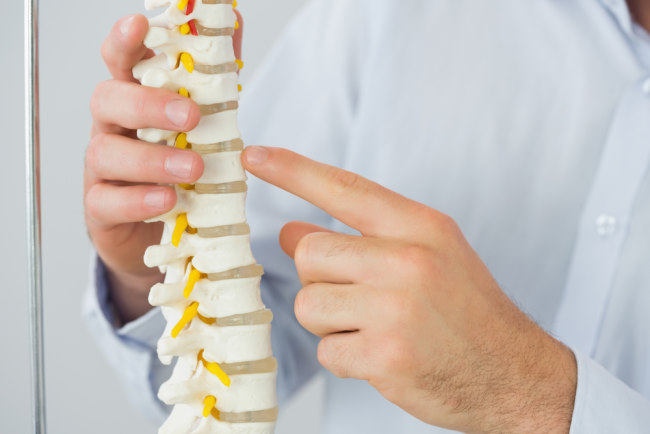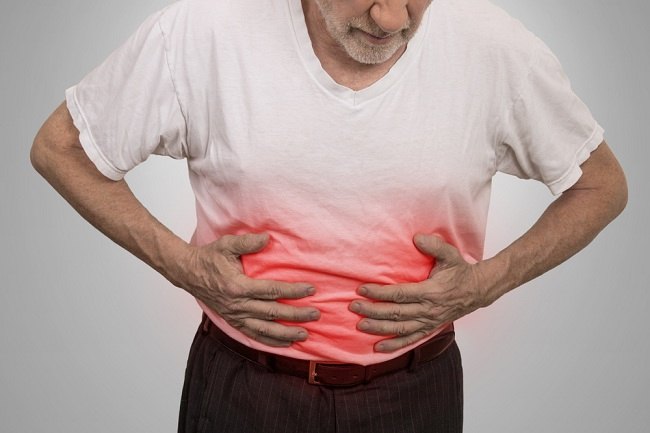Burns in children can occur due to various things. Usually, this happens because of an accident at home or while playing, ranging from being exposed to hot liquid or steam, being hit by a hot object, to being hit by a fire.
Children's great curiosity sometimes makes children vulnerable to injury. One of them is burns. Burns in children can occur from accidentally touching a frying pan, pot, or hot water that is nearby. In addition, burns also often occur when children play with toys that emit sparks, such as fireworks or firecrackers.

Types of Burns
If your child has a burn, it is important to give him or her first aid. First aid that is done in the right way can reduce skin damage.
However, before knowing the first aid that needs to be given, it's good to know the extent of the burn first. Here are the degrees of burns and their explanations:
1. First degree burns
At this level, the burn occurs only on the top layer of the skin. If your child has a first-degree burn, the skin will be red, painful, swollen, and dry without any blisters. This condition usually heals within 3-6 days and the skin will peel within 1-2 days after the burn occurs.
2. Second degree burns
At this level, the burn experienced has entered into a more serious condition because it has injured the lower layer of skin or dermis. If your child has a second-degree burn, the area of the skin that was burned will be blistered and red.
The dermis layer also contains many sensory nerves. This causes second-degree burns to be very painful. Because second-degree burns are deeper, the healing process for second-degree burns is quite long, which is 3 weeks or more.
3. Third degree burns
Third-degree burns injure all layers of the skin, including the fatty tissue under the skin. If your child has a third-degree burn, the burned area may appear dry and white, dark brown, or even charred.
Third-degree burns can even cause complete damage to the layer of skin that contains the nerves. This leaves the burn area numb or only mildly painful.
4. Fourth degree burns
Fourth-degree burns are deep into the muscle tissue and tendons. 4th degree burns usually appear charred. In severe cases, the bone can be seen.
Handling Burns in Children
If you find your little one has burns, immediately keep him away from heat sources. After that, give him the proper first aid. The following is a burn treatment that you can provide:
1. Cut the clothes around the burn
If there is a piece of cloth attached to the burn area, do not attempt to remove it. Let the doctor later pick him up with adequate medical equipment. You are only advised to cut clothing that is around the burn.
2. Flush the wound with running water
Flush the burn with running water for 5–15 minutes. This method can cool as well as shed some of the dirt that may have stuck to the wound.
3. Wrapping the burn with a bandage
If the burn area experienced by the child is relatively small and the degree is not high, cover the wound with sterile gauze or bandage. However, make sure the wound has been cleaned first.
Meanwhile, if the child complains of pain in the wound, give him paracetamol according to the recommended dose on the package or according to the doctor's instructions.
4. Take your little one to the doctor
If your little one's burns are wide enough, causing the skin to blister or turn white and charred, immediately take your little one to a doctor or hospital. Another condition that requires immediate medical attention is if the burn occurs due to chemicals or if your child is under 5 years old.
Until now, there are still many inappropriate ways to treat burns. One of them is compressing the burn with a compress containing ice. This action should not be done because it will only trigger more severe skin damage.
In addition, do not also apply ingredients such as oil, toothpaste, and eggs on the wound. This action can also trigger more severe skin damage and lead to infection.
To prevent burns to children, it is recommended that you keep dangerous objects such as matches, fireworks, or lit candles out of the reach of your little one.
In addition, avoid things that can trigger burns in children such as placing hot drinks near them or leaving children around the stove or kitchen unsupervised.
If your child's burns are severe, wound care will take a long time and special attention. After the emergency situation has been resolved, make sure you clearly ask the doctor what needs to be done to treat the burn.

